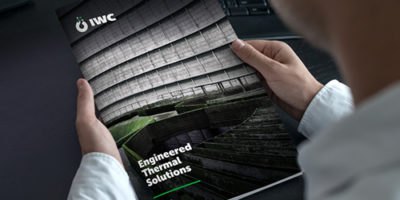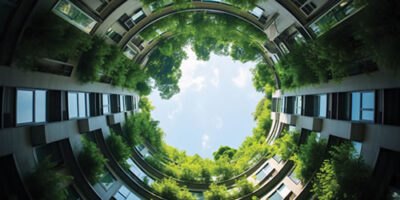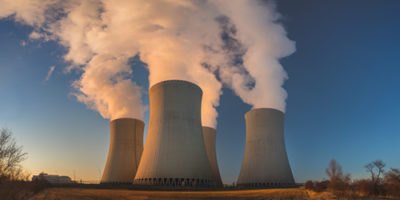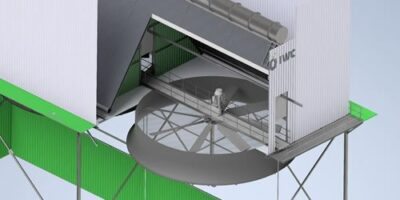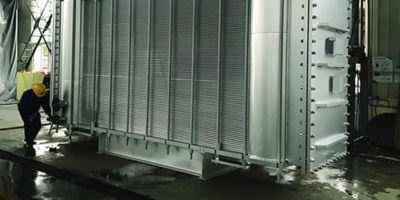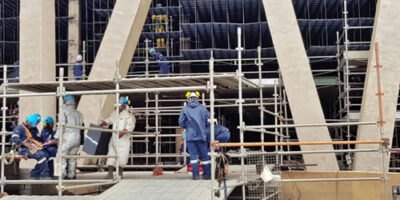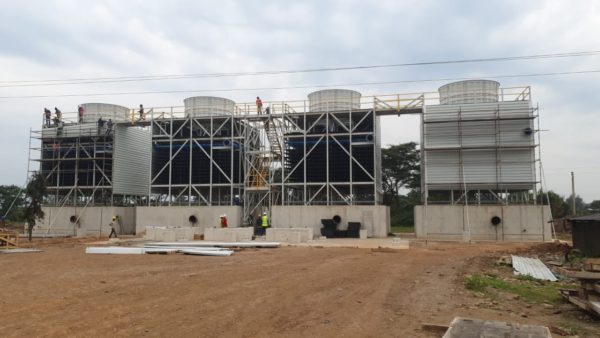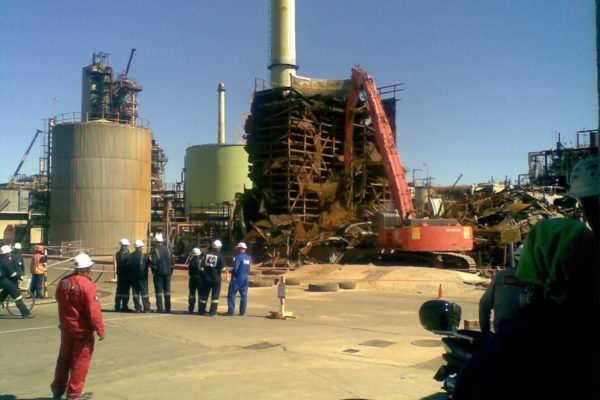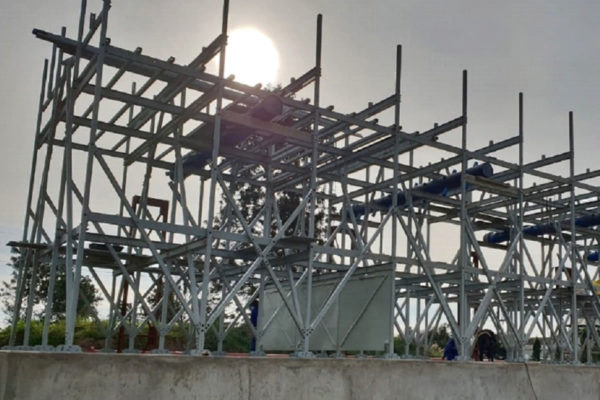The history of the Iconic Orlando Towers
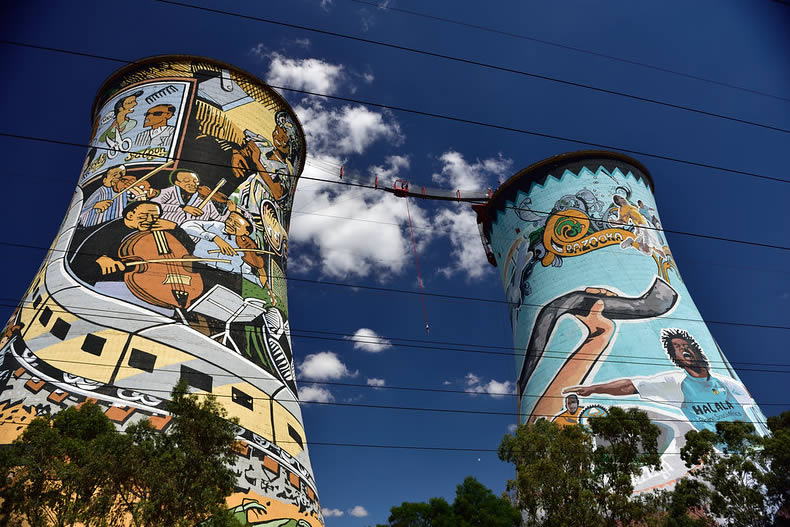
Planning for the construction of the Orlando power station started in 1935, as the electricity demand was rising faster than what could be met with the existing City Generating Station, located in downtown Johannesburg.
Construction on the power station started in 1939 by two British engineers, but completion was delayed due to the outbreak of the Second World War. The two cooling towers were built in 1951 to supplement the existing spray pond cooling system which was running at capacity.
Ongoing work was done on the towers throughout the years and we did our part to keep the cooling towers running.
“IWC repacked one cooling tower with 3CR12 x-grid fill in the early 90’s and a significant improvement in cooling efficiencies was noticed. The second cooling tower was then repacked in 1997 with 3CR12 x-grid fill but unfortunately the towers were not in operation for long after the project was completed” say Gordon Beckett, long standing employee of IWC and the leader engineer on the original project.
We have moved on from using 3CR12 x-grid fill and now manufacture and supply our own splash grid fill, which has been used successfully in many natural draught cooling towers including our latest project at Sasol Secunda.
The power station was finally decommissioned in late 1998, after 56 years of service and it was then that the towers were given a facelift. The new paint job reflected the cultural renaissance of the community and is shown in the colourful symbolism of soccer, music, fashion, and historical figures.
In 2010, the towers were given another paint job in celebration of South Africa hosting the World Cup Soccer and in 2013, the towers were again decorated with Die Antwoord artwork during the filming of the movie, “Chappie”. Shooting took place in various parts of the power station.
Although the original power plant building collapsed in 2014, the power station’s two cooling towers still remain standing, leaving an indelible mark on the city.
The iconic symbol of Soweto is now used for Bungee Jumping by thrill seekers from all over the world.
![]()


